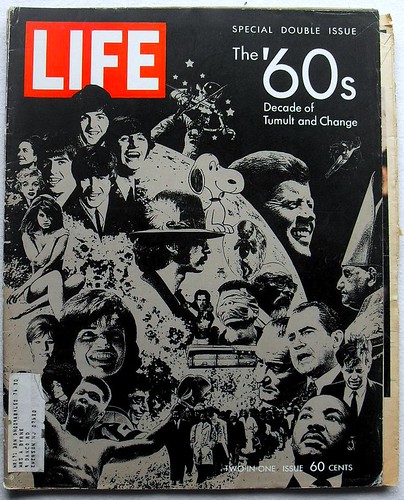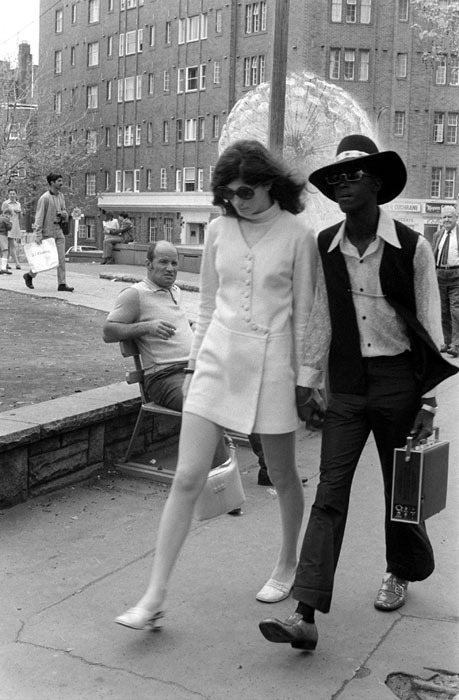History and Culture A _ 2012-2013
A class blog Patricia Bou. English Studies. UV
Wednesday, 28 March 2012
Monday, 26 March 2012
U.K. and U.S. Culture
http://projectbritain.com/
http://www.bris.ac.uk/international/staffsupport/documents/britishguide.pdf
http://learnenglish.britishcouncil.org/en/uk-culture
http://www.kwintessential.co.uk/resources/global-etiquette/usa.html
http://www.usa.gov/Citizen/Topics/History-Culture.shtml
http://www.everyculture.com/To-Z/United-States-of-America.html#b
Sunday, 25 March 2012
Winston Churchill in cinema

Winston Churchill (1874 – 1965) has been portrayed several times by many good actors (e.g. Rod Taylor, Richard Burton, Bob Hoskins, Donald Pleasance, Timothy Spall and even John “Monty Python” Cleese), but anybody has come closer to the British Prime Minister personality than Albert Finney in The Gathering Storm and Brendan Gleeson in its sequel Into the Storm.
 The Gathering Storm (2002) talks about the period when Churchill was out of favor and out of power in the 1930s, just before World War II. Although the evidences of a German invasion were extremely clear, most of the members of the British Parliament, under the leadership of Prime Minister Stanley Baldwin, decided to turn their backs to the conflict. Only one realized the real menace that Hitler represented, only Winston Churchill.
The Gathering Storm (2002) talks about the period when Churchill was out of favor and out of power in the 1930s, just before World War II. Although the evidences of a German invasion were extremely clear, most of the members of the British Parliament, under the leadership of Prime Minister Stanley Baldwin, decided to turn their backs to the conflict. Only one realized the real menace that Hitler represented, only Winston Churchill.But he was suffering a depressing moment in his life, both personal and political. On the one hand, his wife was drifting away from him because of their lack of money and his egocentrism. Moreover, Churchill felt disappointed because of the irresponsible behavior of his son Randolph Churchill. On the other hand, Churchill was completely isolated in the Parliament because of his ideas about Germany and the war.


 Into the Storm (2009) is the sequel of The Gathering Storm and covers several years of Churchill’s government as Prime Minister, from the last years of the war to the period after the war, when he was driven from power. The film starts in 1945 at the end of World War II. While having a rest in Hendaya (France), Churchill’s mind goes back to the moment when he was appointed Prime Minister.
Into the Storm (2009) is the sequel of The Gathering Storm and covers several years of Churchill’s government as Prime Minister, from the last years of the war to the period after the war, when he was driven from power. The film starts in 1945 at the end of World War II. While having a rest in Hendaya (France), Churchill’s mind goes back to the moment when he was appointed Prime Minister.The invasion of Belgium, Holland and Luxemburg in 1940 revealed the weakness of PM Neville Chamberlain’s peaceful politics, and he was forced to resign. It’s at this moment when Winston Churchill is elected as the new Prime Minister of the United Kingdom of Great Britain and Northern Ireland.
The film also depicts many of the situations in which Winston Churchill was involved during the war:

- The isolation of the British Army after the surprising surrender of France, and the later “Dunkirk evacuation”, in which more than 300,000 British, French and Belgian soldiers from the North of France.
In both films, Winston Churchill is represented as a firm defender of Britain who inspired his
people through several speeches (such as “We shall fight on the beaches…”) and always refused any kind of pact with Hitler.
A few minutes from the end of The Gathering Storm (2002)
Trailer of Into the Storm (2009)
Labels: 1940s, Films, Winston Churchill, WW2
Ruby Bridges
 Ruby Bridges was born on September 8, 1954, in Tylertown, Mississippi. In 1960, when she was 6 years old, her parents responded to a call from the National Association for the Advancement of Colored People and volunteered her to participate in the integration of the New Orleans School system. She is known as the first African-American child to attend an all-white elementary school in the South.
Ruby Bridges was born on September 8, 1954, in Tylertown, Mississippi. In 1960, when she was 6 years old, her parents responded to a call from the National Association for the Advancement of Colored People and volunteered her to participate in the integration of the New Orleans School system. She is known as the first African-American child to attend an all-white elementary school in the South.

Labels: African-Americans, Civil Rights Movement, Photography
Tuesday, 13 March 2012
Brief summary of the Atomic Bombs over Hiroshima and Nagasaki (August 1945)
The atomic bombings of Hiroshima and Nagasaki were nuclear attacks at the end of World War II against the Empire of Japan by the United States (at the order of the President Harry S. Truman) on August 6 and 9 of 1945.
After six months of intense firebombing over 67 other Japanese cities, the nuclear weapon "Little Boy" was dropped on the city of Hiroshima on Monday, August 6 of 1945, and was followed on August 9 by the detonation of the "Fat Man" nuclear bomb over Nagasaki.
These are to date the only attacks with nuclear weapons in the history of humanity. The bombs killed as many as 140,000 people in Hiroshima and 80,000 in Nagasaki by the end of 1945. Since then, thousands more have also died from injuries or illness attributed to the exposure of the radiation released by the bombs (among 1950s and 1990s there were more than 250,000 people affected with cancer in the area of the bombs).
Image of the bomb “Little Boy” (Hiroshima)
Explosion over Nagasaki
In both cities, the overwhelming majority of the dead were civilians. Six days after the detonation over Nagasaki, on August 15, Japan announced its surrender to the Allied Powers, and finally signed it on September 2, officially ending the Pacific War and consequently the World War II. (Germany had signed its surrender on May 7 when the war in Europe finished.) As a consequence of the bombings, Japan adopted the Three Non-Nuclear Principles, forbidding the nation from any nuclear armament.
Nagasaki after the bomb
HARRY S. TRUMAN'S: “Address to the Nation, August 6, 1945” (ANNOUNCEMENT OF THE DROPPING OF AN ATOMIC BOMB ON HIROSHIMA).
(Selected fragments)
“The Japanese began the war from the air at Pearl Harbor. They have been repaid many fold. And the end is not yet. With this bomb we have now added a new and revolutionary increase in destruction to supplement the growing power of our armed forces. In their present form these bombs are now in production and even more powerful forms are in development […]
We are now prepared to obliterate more rapidly and completely every productive enterprise the Japanese have above ground in any city. We shall destroy their docks, their factories, and their communications. Let there be no mistake; we shall completely destroy Japan's power to make war […]
The leaders of Japan promptly rejected the ultimatum that we give them on the 26th of July. If they do not now accept our terms they may expect a rain of ruin from the air, the like of which has never been seen on this earth”.
(See full discourse in: http://everything2.com/node/748837)
BBC Documentary on The Atomic Bombs:
Sources:
http://debatepedia.idebate.org/en/index.php/Debate:_Bombing_Hiroshima_and_Nagasaki
http://en.wikipedia.org/wiki/Atomic_bombings_of_Hiroshima_and_Nagasaki
http://history1900s.about.com/od/worldwarii/a/hiroshima.htm
http://www.youtube.com/watch?v=POPmlHlaOtM&feature=youtu.be
http://www.youtube.com/watch?v=bHyuKWkP7ew&feature=youtu.be











